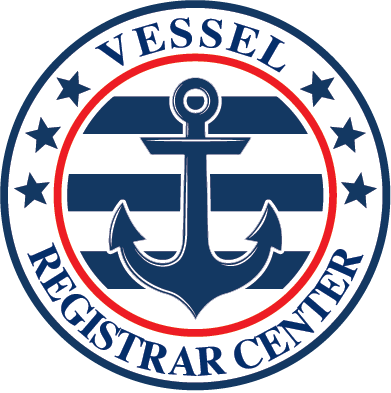A bill of sale is probably familiar if you’ve ever purchased or sold a boat or watercraft. It’s a legal document used to transfer ownership of a boat, whether it’s a motorized or non-powered vessel. Taking a boat off the state’s registry is impossible without evidence of ownership. In order to register a vessel, both the U.S. Coast Guard and the state in which it is registered will not accept a vessel with any evidence of ownership.
Generally, you don’t need a dealer to get a boat bill of sale, which acts as official notice to the state that you are the legally recognized owner. The new owner may have to wait up to seven days in most states before the vessel is officially transferred into his name. Meanwhile, you’ll have to get someone a bill of sale and other paperwork so that she may legally operate the yacht. An application for a certificate of title, transferable registration, or a certificate of origin is all terms that might relate to a bill of sale document.

How Do You Fill Out A Bill Of Sale For A Boat?
However, although the bill of sale is sometimes dismissed as a simple piece of paper, it is one of the most important papers in acquiring ownership of any boat. Law needs it, and it is a document that protects both the seller and the buyer. If you are purchasing a boat, the bill of sale will include the name, address, and phone number of the seller and buyer, along with information on the motor type, hull identification number (if applicable), engine specs, and serial numbers or year of manufacture.
The bill of sale must contain a description of the vessel, its hull identification number, the date of purchase, and the price, and both the seller and the prospective buyer must sign it. When registering the boat, the purchaser should utilize a boat bill of sale to document the transaction.
When Should I Sell My Boat?
Attempting to sell your yacht for the highest possible price may be stressful. Whether you want to utilize the money to support a new purchase or as a secondary source of income (a property sold within a year) may need alternative goals. This is just a wonderful moment to sell for most people in the country. Early spring and late autumn are the greatest times to put your boat up for sale, but you may do it at any time of the year.
So, what distinguishes the present era from previous ones? Here are a few explanations. Spring is the best time of year for several reasons, including better weather and lower pricing for boat rentals. Boats go on the market in the autumn when they are most likely to be sold before the cold weather. In order to avoid paying for storage or to free up room for the winter, boat sellers often reduce they’re asking prices to move their vessels as fast as possible.
Boat Purchase Agreements: What Should Be Included?
A bill of sale for a boat should include:
- The buyer’s name, address, and phone number;
- The seller’s name, address, and phone number;
- A description of the boat, including the manufacturer, length, model, and the Hull Identification Number (HIN):
- The license plate number
On the port side of the boat’s transom, a permanent marking of the HIN is recommended. The outboard motor’s serial number should be published separately from the boat if it is. It is noted individually whether the boat comes with its trailer and its Vehicle Identification Number (VIN). The outboard motor and trailer should be sold separately from the boat. If the boat comes with additional equipment, such as electronics, a trolling motor, or extra propellers, it should be included in the agreement. Any goods you don’t want to sell with your boat might be labeled “excluded” on your sales agreement.
How to Use a Boat Bill Of Sale
It might not be easy to acquire, sell, or transfer ownership if the buyer and seller are in separate places. This is particularly true. Details concerning the buyer, seller, and the vessel/craft being sold are included in a Bill of Sale. According to federalregister.gov, both parties selling, transferring, or assigning their interest in the boat must sign the boat bill of sale. The core features of this sort of document should not change regardless of the jurisdiction in which it is used.
The boat Transferor and Transferee should thoroughly review the document. In order for the agreement to be binding, both parties must sign a copy and send it to the other party. Having both parties’ signatures witnessed may help prevent any misunderstandings in the future. Both parties must agree to alter the agreement in the future, and the initial agreement and any revisions must be documented in writing and signed by both parties. Any vessel’s registration jurisdiction should get a copy of the Bill of Sale and keep it on file there. For further information, call the Maritime Documentation Center at (800)-535-8570




